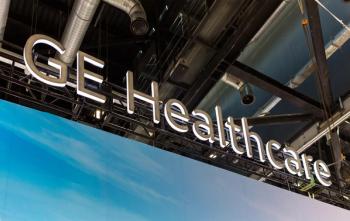
Report: Physician compensation not keeping up with inflation
Even a doubling of median total compensation was not enough to keep up with record inflation rates
A report from the
The 34th annual
The report found that while growth in median total compensation for primary care physicians doubled from 2021 from 2.13% to 4.41% in 2022, it was not enough to compensate for inflation that was well above 6% both years.
Compensation growth varied across specialties over the past three years, ranging from an 0.13% increase in urgent care physician compensation to 10.57% increases for family medicine (without obstetrics) physicians.
Compensation also varied by region. Since the start of the pandemic, physicians in the Western region have experienced larger increases in total compensation than other areas of the country, according to the report. Primary care providers in the Southern and Western regions have experienced the largest increases in total compensation over the past four years.
For the second year in a row, primary care physicians earn the most in Mississippi, earning $140,000 more than their District of Columbia counterparts and $126,000 more than their counterparts in Nevada. The difference in surgical and nonsurgical specialist pay is even greater. Surgical specialty physicians earn $327,000 more in South Dakota than their counterparts in Louisiana, and nonsurgical specialty physicians report earning $429,000 more in Alabama than their counterparts in Nevada.
As new physicians emerge from residencies and fellowships, those newly hired in 2022 reported earning more guaranteed compensation than their pre-pandemic counterparts in 2019. In some cases, signing bonuses were offered to physicians, but less than 50% reported such an offer as part of a contract or negotiation. For physicians offered a signing bonus who ultimately did not start employment with the practice after accepting, about one-third were required to pay back the full amount, which for primary care physicians, averaged $20,000.
For productivity, physician-owned practices reported higher levels or productivity compared to hospital-owned practices, according to the report. The difference in total collections ranges from $96,580 to $172,221 between primary care physicians, surgical and non-surgical specialists, and advanced practice providers.
Practices that reported faring well last year noted using some or all of the following strategies:
- Some practices saw improvements simply by making the investment to hire more providers and add new service lines
- Making changes to phone systems to reduce administrative work and improve scheduling
- Focusing on culture and incentives to positively drive productivity, as well as the implementation of dashboards and scorecards to set expectations and hold team members accountable for goals
- Longer operating hours in 2022 due to fewer COVID-19-related shutdowns
- A stronger focus on calling no-show patients, monitoring daily schedules and recruiting new patients.
The report features data on nearly 190,000 providers from over 6,800 organizations to provide a snapshot of the industry as well as strategies health care leaders should consider to move forward.
Newsletter
Stay informed and empowered with Medical Economics enewsletter, delivering expert insights, financial strategies, practice management tips and technology trends — tailored for today’s physicians.
















